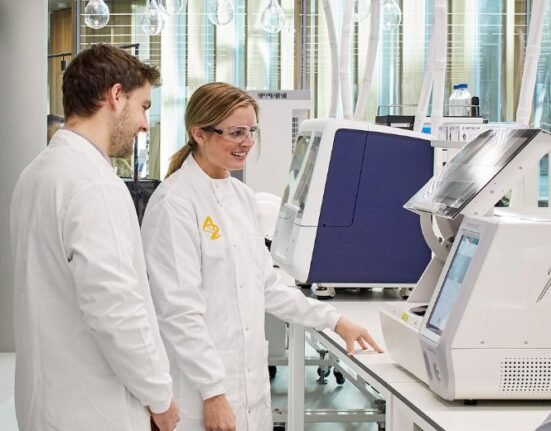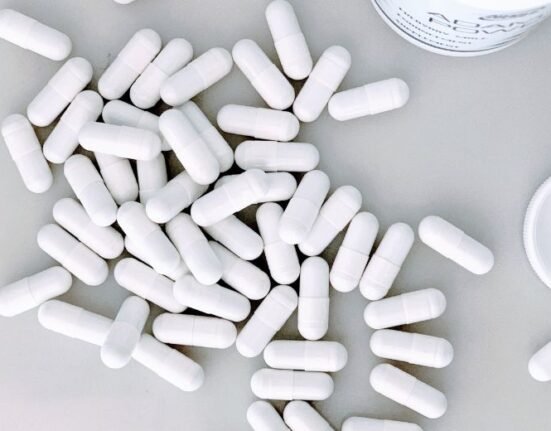HQ Team
October 13, 2024: Microbiologists at Northwestern University have found toothbrushes and showerheads were teeming with diverse viruses not seen so far — and they don’t target humans, but bacteria.
The microorganisms collected during the study are called bacteriophage, or “phage,” a type of virus that infects and replicates inside bacteria. They came across 600 viruses and every sample had a different character about them.
The phage recently has garnered attention for its potential use in treating antibiotic-resistant bacterial infections. The previously unknown viruses lurking in bathrooms could become a treasure trove of materials for exploring those applications, according to a university statement.
“The number of viruses we found is absolutely wild,” said lead author Erica M. Hartmann, at Northwestern University. “We found many viruses that we know very little about and many others that we have never seen before. It’s amazing how much untapped biodiversity is all around us. And you don’t even have to go far to find it; it’s right under our noses.”
‘Operation Pottymouth’
The latest study is an offshoot of previous research, in which Hartmann and her colleagues at the University of Colorado at Boulder characterised bacteria living on toothbrushes and showerheads.
For the previous studies, the researchers asked people to submit used toothbrushes and swabs with samples collected from their showerheads.
Inspired by concerns that a flushing toilet might generate a cloud of aerosol particles, Hartmann called the toothbrush study, “Operation Pottymouth.”
“This project started as a curiosity,” she said. “We wanted to know what microbes are living in our homes. If you think about indoor environments, surfaces like tables and walls are really difficult for microbes to live on.
“Microbes prefer environments with water. And where is there water? Inside our showerheads and on our toothbrushes.”
DNA sequencing
Hartmann used DNA sequencing to examine the viruses living on those same toothbrush and showerhead samples. It showed the samples comprised more than 600 different viruses — and no two samples were alike, according to the statement.
“We saw basically no overlap in virus types between showerheads and toothbrushes,” Hartmann said. “We also saw very little overlap between any two samples at all. Each showerhead and each toothbrush is like its own little island. It just underscores the incredible diversity of viruses out there.”
While they found few patterns among all the samples, Hartmann and her team did notice more mycobacteriophage than other types of phage.
Mycobacteriophage infect mycobacteria, a pathogenic species that causes diseases like leprosy, tuberculosis and chronic lung infections.
Researchers, in the future, can harness mycobacteriophage to treat these infections and others.
Don’t bleach
“We could envision taking these mycobacteriophage and using them as a way to clean pathogens out of your plumbing system,” she said. “We want to look at all the functions these viruses might have and figure out how we can use them,” Hartmann said.
Instead of bleach, people can soak their showerheads in vinegar to remove calcium buildup or wash them with plain soap and water. And people should regularly replace toothbrush heads, Hartmann said.
Hartmann also is not a fan of antimicrobial toothbrushes, which she said can lead to antibiotic-resistant bugs.
“Microbes are everywhere, and the vast majority of them will not make us sick,” she said. “The more you attack them with disinfectants, the more they are likely to develop resistance or become more difficult to treat. We should all just embrace them.”








